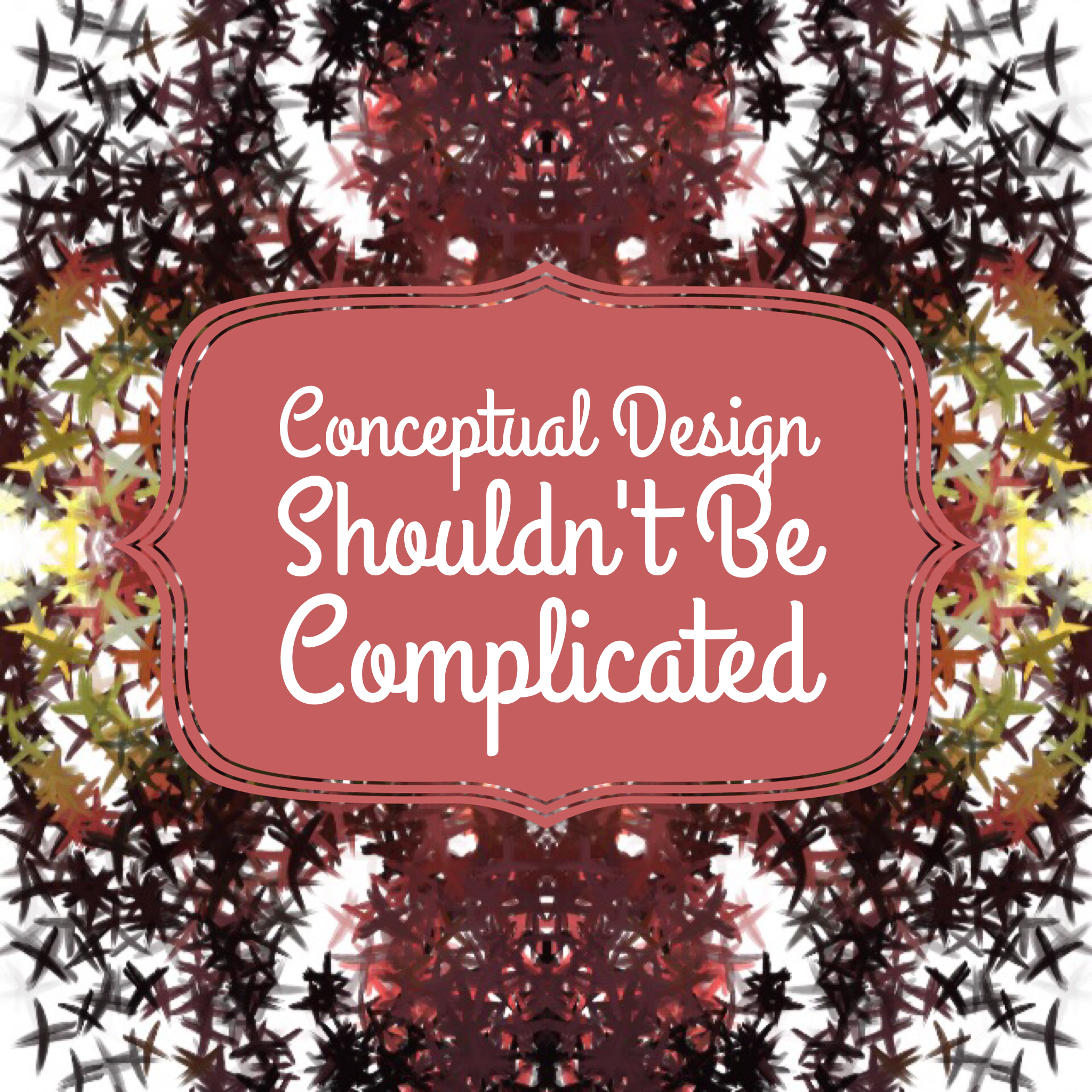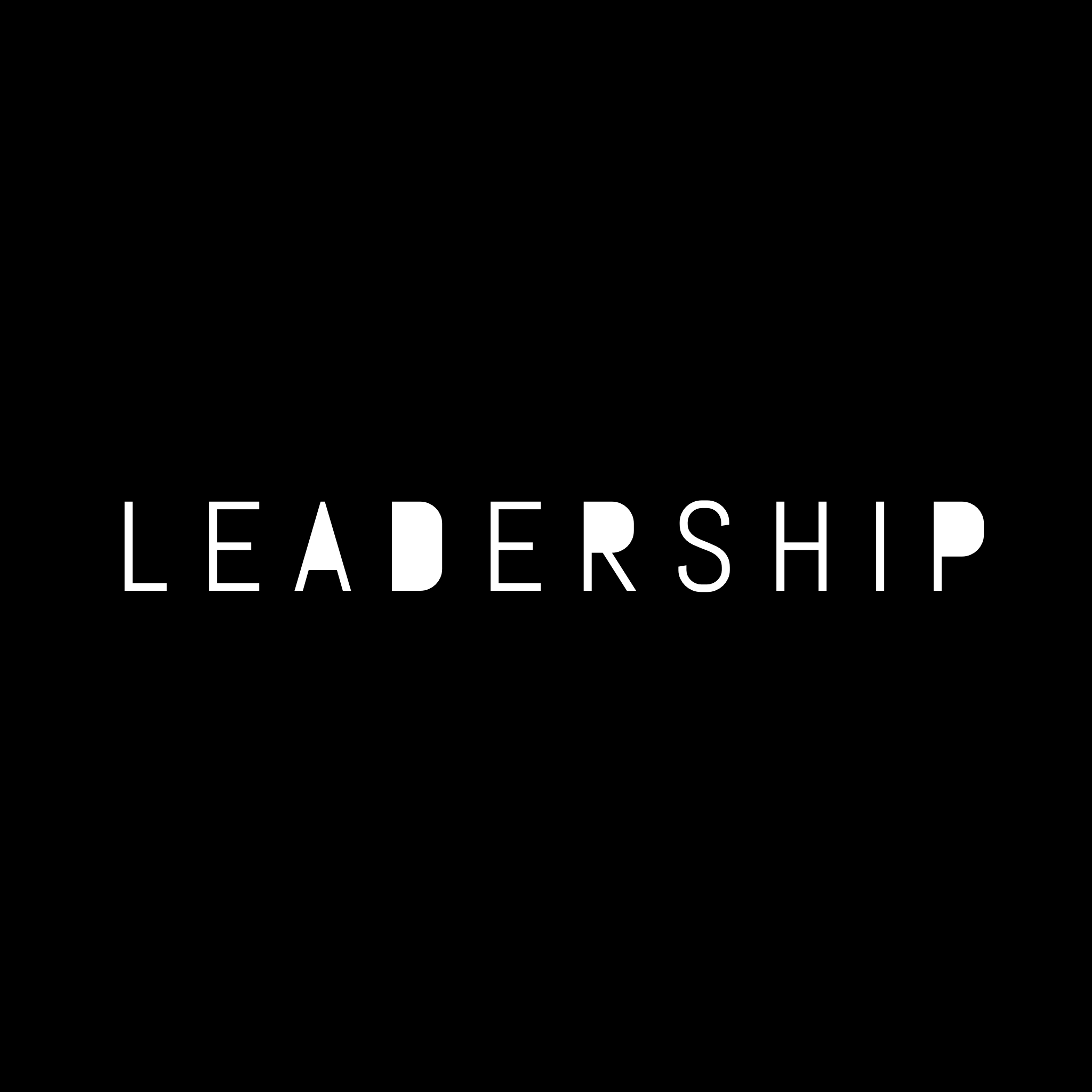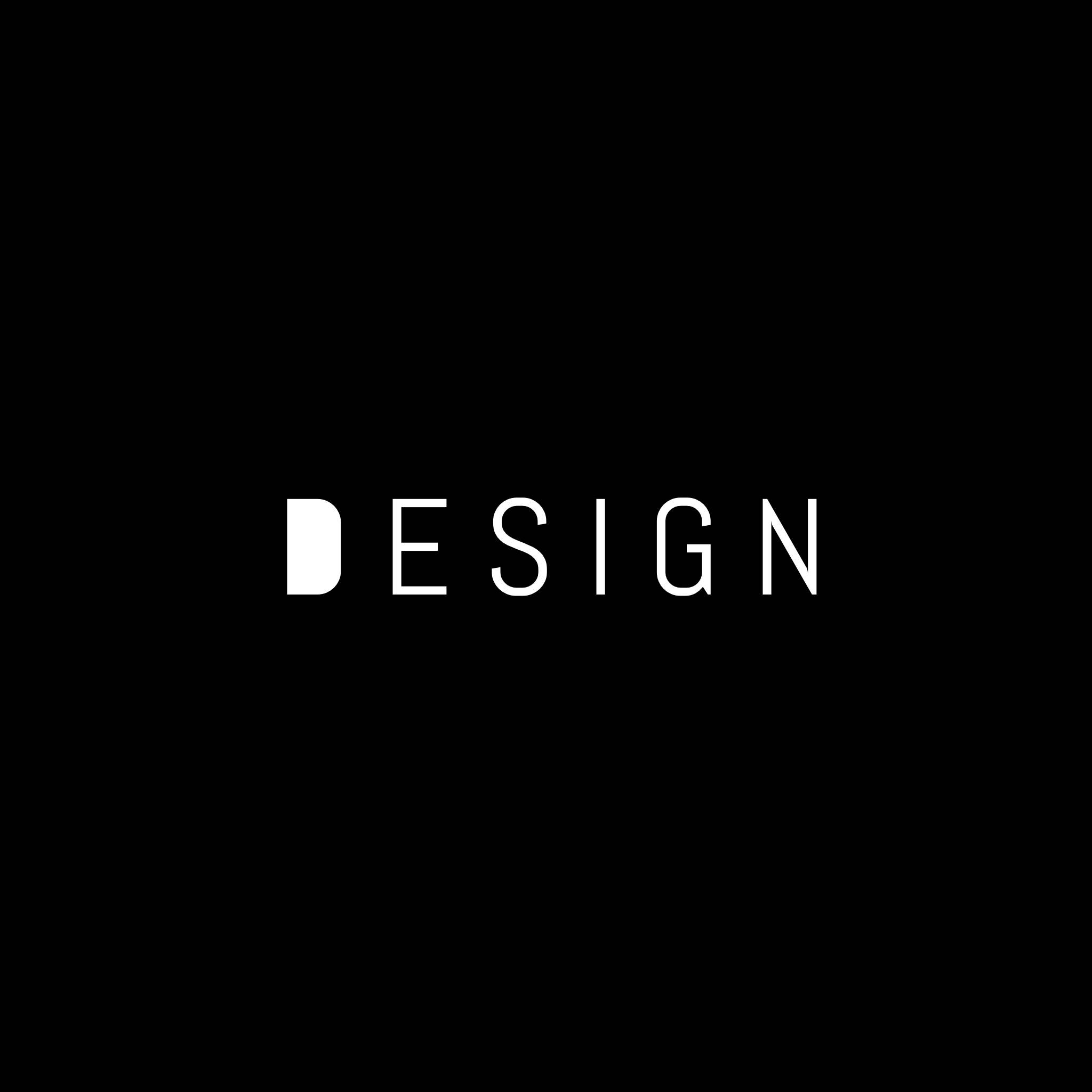Conceptual Design Shouldn't Be Complicated
/Before you can physically design a composition, you first have to come up with a creative idea. We are all capable of envisioning what we want in our minds; however, it can be quite difficult to rely solely on our minds when we start the design. Our minds are full of great ideas, but also full of other things that can interfere with our great ideas.
Trying to rely on our envisioned design in our minds can be very distracting and will slow down the creative process. This is why a very important part of the design process is to first create a concept of how you envision your final design. Think of a concept design as a sort of prototype of your final design. A conceptual design can be an elaborate drawing or it can be a simple sketch on a piece of paper. Some of the best ideas many successful designers have ever had were sketched on the back of a napkin!
You do not need to be a seasoned sketch artist or illustrator to create a conceptual design. All you have to do is transfer what you are envisioning in your mind onto a piece of paper for you to use as a starting point for your design. It doesn't matter what media or tools you use, it could be pen and paper or even crayon and a napkin!
Your conceptual design is not set in stone. Most likely, you will find your concept progressing and transforming into numerous new concepts until you reach a decision on a final concept. It is important to know that your conceptual design is not a functional design. In actuality, it is an illustration that represents an idea that has the potential to become a functional design.
The conceptual design process consists of five primary steps: research/fact gathering, processing, design, refinement, and implementation.
The 5 Steps of Conceptual Design Process
1. Research/Fact Gathering
2. Processing
3. Design
4. Refinement
5. Implementation
The main benefit of using a conceptual design process (CDP) is to reduce production time. If you make a plan before you take off, you are bound to arrive quicker than you would without a plan. ... And we all know that time is money.
Another benefit of a CDP is client feedback. Imagine completing your work, presenting it to the client, and they hate it. I would want to know that sooner rather than later! Refine like wine, that's what I say. Refine means circling back to the client with some samples of your work, before you invest more time and effort in an idea that may be dead in the water before you even begin.
The final benefit of using a CDP is intangible. The feeling of satisfaction in a job well done. The more you invest in a process which will ensure success, the more professional your work becomes. That means you are better equipped to meet deadlines, better equipped to develop intriguing designs, and better able to achieve client satisfaction.
References
Lidwell, W., Holden, K., Butler j. (2010). Universal principles of design (2nd ed.). Beverly, Massachusetts: Rockport Publishers. ISBN 978-1-59253-587-3.
Lovett, J.(2012). Design and color. Retrieved 3 April 2012.
White, A. (2011). The elements of graphic design. New York, NY: Allworth Press.





















































